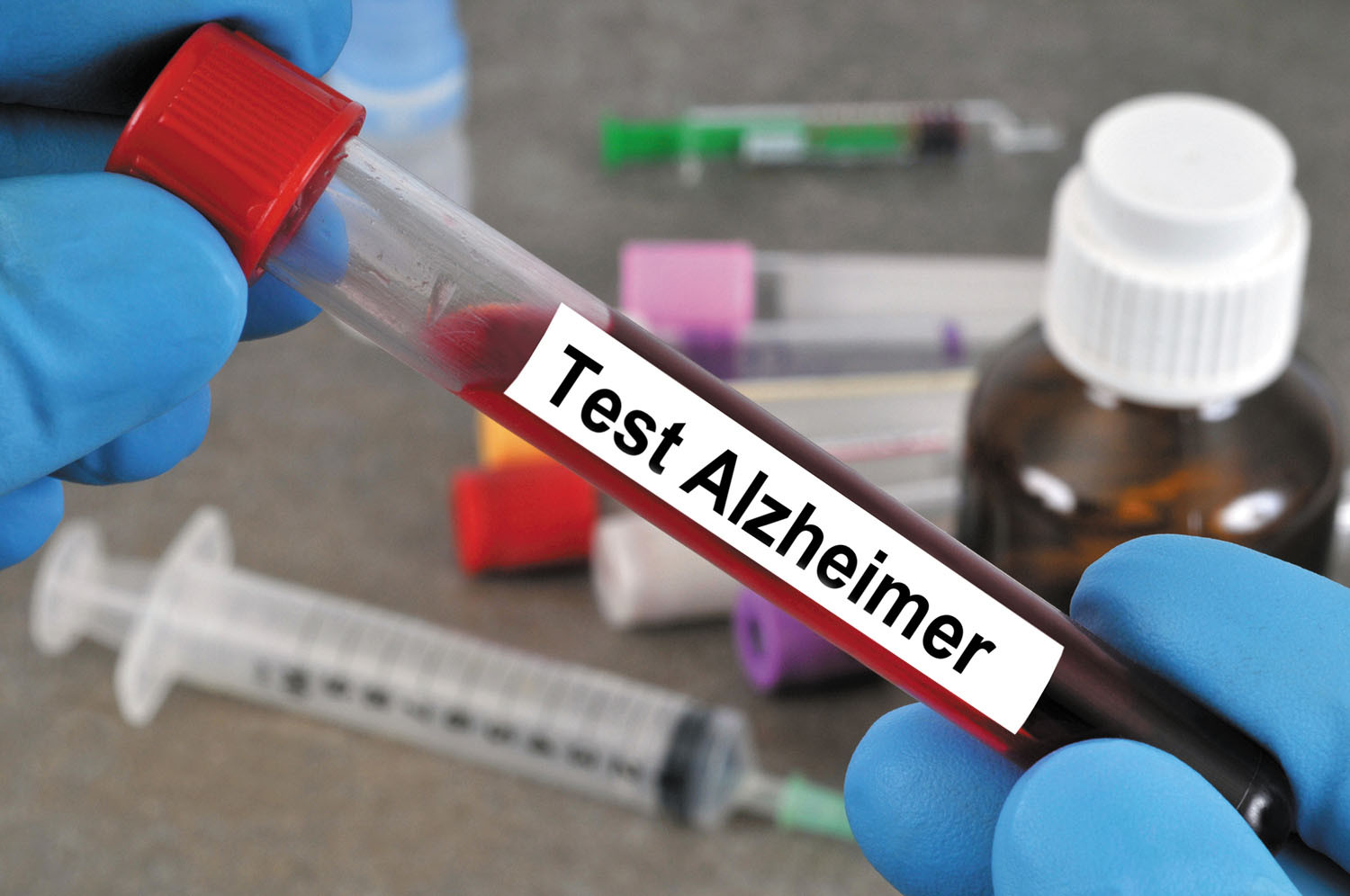Source: Alzheimer And Other Neurodegenerative Diseases May 28, 2020 4 years, 10 months, 4 days, 4 hours, 15 minutes ago
Alzheimer: According to a recent research by neurodegenerative disease experts from Massachusetts General Hospital, neurofilament light chain or NfL performs well and is promising as a potential blood-based biomarker for Alzheimer's and other neurodegenerative disease.

The research team said that neurofilament light chain (NfL) has great potential as a diagnostic biomarker for early detection of Alzheimer's disease and could be also useful for monitoring treatment response for that condition.
The research findings were published in the journal
The Lancet Neurology.
https://www.thelancet.com/pdfs/journals/laneur/PIIS1474-4422(20)30137-X.pdf
The research was carried out by a team co-led by Dr Yakeel T. Quiroz, Ph.D., Assistant Professor at Harvard Medical School, and Director of the Familial Dementia Neuroimaging Lab at Massachusetts General Hospital (MGH).
Dr Henrik Zetterberg, Ph.D., of Sahlgrenska University Hospital in Sweden, and Dr Eric Reiman, MD, from the University of Arizona were additional co-first authors of the research study.
Dr Quiroz, who is also an MGH Research Scholar 2020-2025 told Thailand Medical News, "We wanted to determine the earliest age at which plasma NfL levels could distinguish individuals at high risk of Alzheimer's."
The research team found that NfL levels increased with age among people at genetic risk because of a specific mutation (PSEN1 E280A) and began to differentiate carriers from noncarriers at age 22, an average of 22 years before their estimated age of cognitive impairment (age 44).
NfL or Neurofilament light chain is a biomarker of neurodegeneration damage to neurons. Measures of NfL concentrations in cerebral spinal fluid (CSF) and blood have been used to detect and track neurodegeneration in individuals with Alzheimer's disease and other brain disorders.
The researchers used an ultra-sensitive single molecule array immunoassay to measure NfL concentrations in serum and plasma.
Previous studies have shown close correlations between blood-based and CSF measurements in people and animal models of neurodegenerative diseases.
The researchers studied over 2,000 members of the world's largest kindred with familial Alzheimer's because of a single mutation (PSEN1 E280A) ,the familial Alzheimer's disease Colombian kindred, which were aged 8-75 years and had no other neurological or health conditions.
Subsequently, the team utilized a single molecule array immunoassay to examine the relationship between plasma NfL concentrations and age to establish the earliest age at which NfL concentrations start to diverge between mutation carriers and non-carriers. The team enrolled 1070 PSEN1 E280A mutation carriers and 1074 non-carriers with baseline assessments.
It was found that plasma NfL measurements increased with age in both groups (p<0·0001), and began to differentiate carriers from non-carriers at 22 years—the estimated median age of onset of mild cognitive impairment is 44 years.
gt;
Interestingly, the ability of plasma NfL to discriminate between carriers and noncarriers only reached high sensitivity close to the age of clinical onset.
Dr Quiroz added, "Our research findings add to the growing evidence that blood-based NfL can be useful in detecting neurodegeneration, starting with very early, subtle elevations way before the onset of clinical symptoms. We need more studies to further explore NfL as a way to inform prognosis and evaluate treatments in Alzheimer's disease."
The team is proceeding on further research before embarking on seeking regulatory approvals and proceeding into commercialization of these new diagnostics.
For more about
Alzheimer and other neurodegenerative disease, keep logging on to Thailand Medical News
